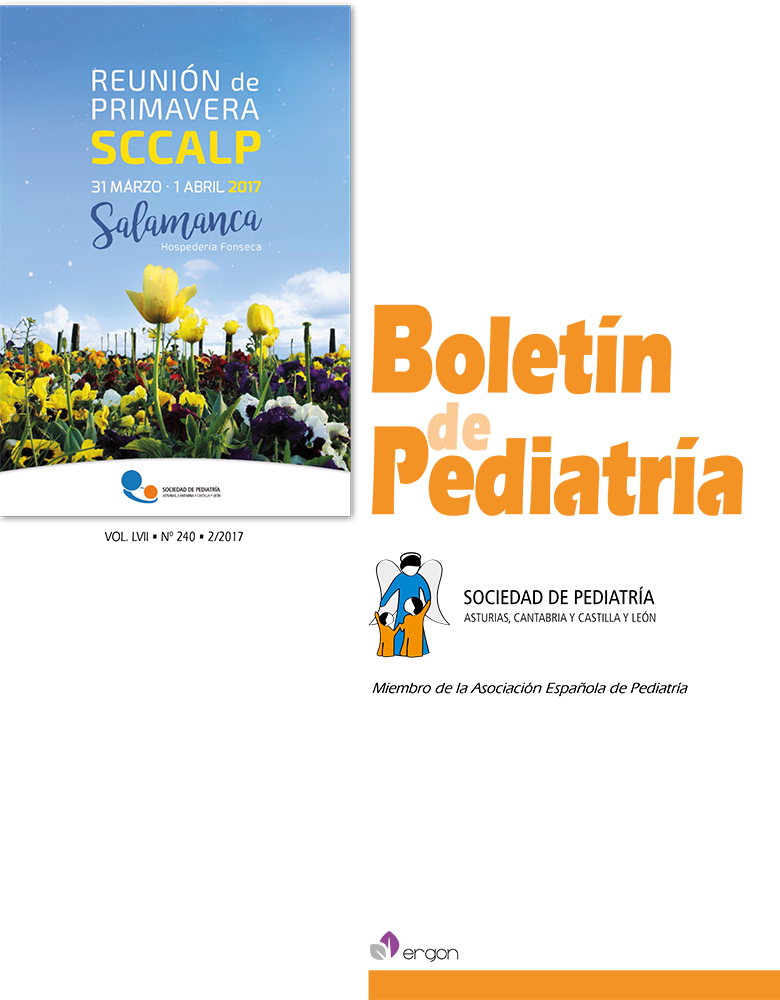Abstract
Non-epileptic paroxysmal events (PNEE) are processes, mostly of a benign nature, which are a reason for frequent consultation in pediatrics rooms and are routinely are usually identified in Primary Care or Emergency services.. It is a very heterogeneous group, which are described as paroxystic events of sudden appearance, with varied semiology (sensory, motor, autonomic, behavioral) that mimic epileptic seizures or other neurological patholog. Sometimes the differential diagnosis of these processes will be complex because of the large number of paroxysmal phenomena that are described and their semiology similar to that of potentially serious entities. The importance of these phenomena, therefore, lies in the ease with which we can confuse them with other more serious processes, such as epilepsy or movement disorders, which in some cases will lead to the use of complex, costly and complex diagnostic techniques. really traumatic for the patient and the family. Adequate initial diagnostic guidance will reduce the need for unnecessary complementary studies, inadequate treatment, and increased family anxiety. Given their high prevalence, about ten times higher than those of epileptic seizures (10% vs 1%), some authors recommend that a patient with paroxysmal episodes first try to identify PNEE. The anamnesis is the best diagnostic tool in these cases, well above even tests such as EEG or neuroimaging. The definitive diagnosis will not always be made in the first consultations, which will force us to aintain an active vigilance attitude.

This work is licensed under a Creative Commons Attribution-NonCommercial 4.0 International License.
Copyright (c) 2017 Boletín de Pediatría
